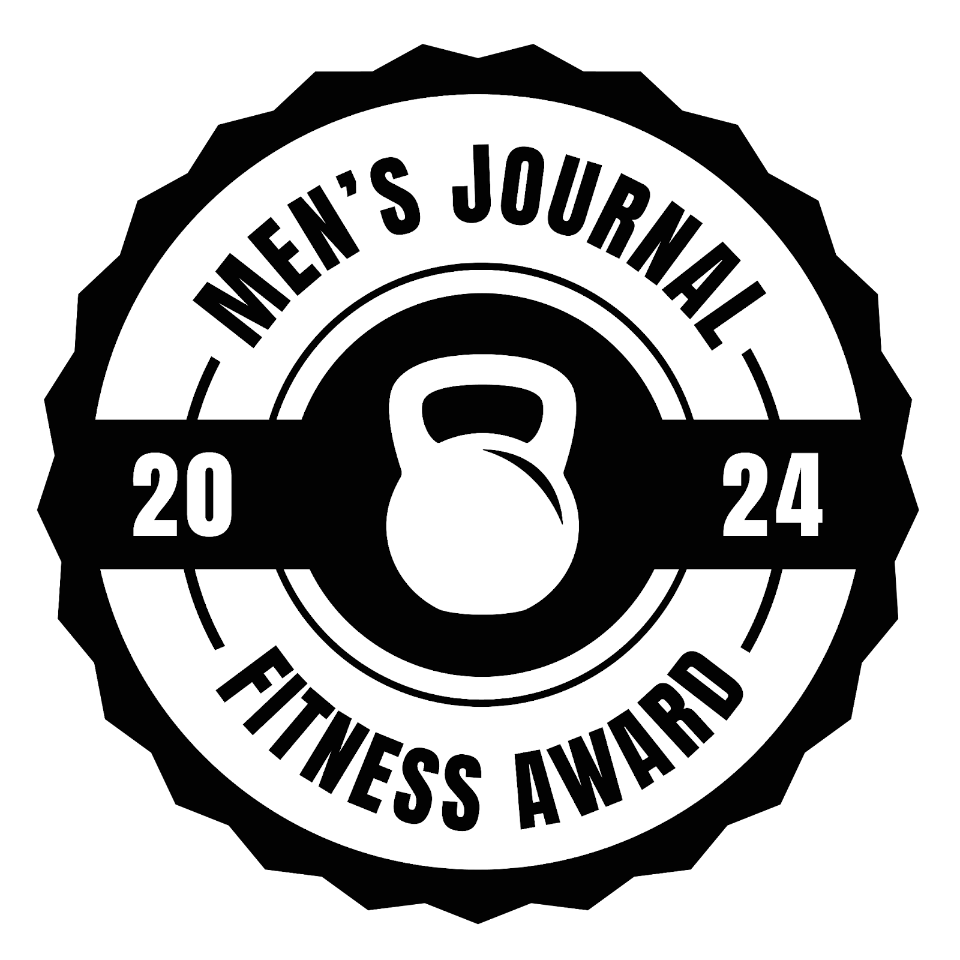A heat headache is a dull, throbbing pain that is exacerbated by heat. Millions of Americans suffer from headache disorders like migraines and cluster headaches. According to the National Headache Foundation, more than 37 million Americans suffer from migraines, and heat can make symptoms worse.
These headaches often worsen in the summer months thanks to the heat and other factors like dehydration. If you experience a heat headache, dehydration might be part of the problem.
With dehydration, blood vessels in the brain shrink, slowly pulling the brain away from the skull. This causes a pain response that produces a headache.
Causes of Heat-Induced Headaches
A heat headache can be caused by a variety of factors or present itself as a side effect of a more serious heat-related illness. In most cases, heat — whether it’s the ambient outdoor temperature or the result of a hot work environment like being on the front lines as a firefighter — is the main cause of these headaches.
Here are some of the other contributing factors that lead to heat headaches:
- Dehydration
- Bright lights, including the sun’s glare
- Dramatic changes in barometric pressure
- Excessive heat
- Heat-related illness such as heat exhaustion and heat stroke
- High humidity or a high heat index
As temperatures increase, your body needs more fluids to function properly because, when your body sweats in an attempt to cool down, you lose vital electrolytes, like sodium, and water. If you don’t drink enough hydrating fluids during high temperatures, you can develop dehydration. Dehydration can trigger headaches or even migraines.
The weather can also affect hormone levels in the brain, which may increase susceptibility to migraine headaches and other severe headaches. Many people know that sunlight helps produce vitamin D, resulting in a mood boost. However, research shows that increases in the temperatures outside may also increase the amount of serotonin in your brain — the hormone responsible for stress. As stress increases, so does the likelihood of developing a headache.
One study examined the impacts of heat on cognitive function in soldiers operating in desert areas. The study found that when it came to attention, motor function, and memory, intense heat and humidity resulted in poor performance compared to normal weather conditions.
Excessive exposure to high levels of heat and humidity can also lead to heat-related illness, including heat exhaustion and heatstroke. Heat headaches are one of the main symptoms of heat exhaustion and heatstroke. The conditions can occur simultaneously or you may get a headache before developing other heat-illness symptoms.
Heat exhaustion occurs when the body becomes dehydrated. Heatstroke is a dangerous medical condition where the body's core temperature rises above 104 degrees Fahrenheit. It is potentially life-threatening and one of the first signs is a heat headache along with lethargy and confusion.
Elderly individuals and young children are more likely to suffer from dehydration. Young children are still developing and may not be able to cool down as easily as adults. And Elderly people may suffer from other illnesses that increase the risk of dehydration. Plus, as we get older, our bodies lose water more quickly, and it’s harder to remedy dehydration.
Symptoms of Heat Headache
Heat headaches cause more symptoms than just throbbing head pain. Since most heat headaches are the result of dehydration, the condition can affect your muscles and central nervous system.
Here are some of the main symptoms of heat headaches:
- Throbbing or pounding head pain
- Muscle cramps
- Heat cramps
- Dizziness and feeling faint
- Nausea
- Extreme thirst
- Low blood pressure
- Fatigue and lethargy
- Light sensitivity
- Dehydration
If you experience the symptoms of a heat headache, the main course of action is to remedy dehydration. While you could drink water or a sports drink, these fluids are less effective and take longer to work than a precisely balanced rehydration solution. Oral rehydration solutions can help give your body what it needs to ease the signs of dehydration.
Avoid Heat Headaches
Drink DripDrop before heading out into hot temperatures and keep drinking it throughout the day to ward off dehydration.
If you suffer from heat headaches or are at higher risk for heat exhaustion, try to limit strenuous physical activity on hot days and during heat waves. If your job requires you to work outdoors regardless of the weather, try wearing a hat, sunglasses, and loose-fitting clothing to help your body stay cool.
Wear sunscreen to prevent sunburn, as sunburn may also increase the risk of heat headaches. Whenever possible, take breaks in the shade or a cool environment like an office break room with air conditioning.
If you already have a heat headache, you can take an over-the-counter painkiller like Tylenol or ibuprofen to reduce the pain. Place ice packs on your head and neck or underneath your armpits to cool your body down faster. You can also pack a cooling towel in your work bag that you can use to stay cool when the temperatures skyrocket.
When To Seek Medical Attention
Know when to get help. If your heat headache is accompanied by a body temperature higher than 104 degrees Fahrenheit, seek medical attention immediately, as you may be suffering from heatstroke. Visit a medical professional if your heat headache is accompanied by vomiting, confusion, or slurred speech. These are indicators of a more serious problem.
If you suffer from chronic headache pain, visit a doctor who can help you identify headache and migraine triggers. They may ask you to keep a headache diary to figure out what’s causing your headache. A doctor can also give you tips to manage pain caused by higher temperatures.
Maintain Optimal Hydration with DripDrop and Save 25%
If you’re suffering from dehydration — with signs like headache and muscle cramps — addressing fluid and electrolyte loss is the best course of action. Drinking an oral rehydration solution like DripDrop is a doctor-recommended way to address mild to moderate dehydration.
Get started with our most popular multi-flavor pouch for dehydration relief fast. Or, learn more about how you can save up to 25% on every purchase when you subscribe.














